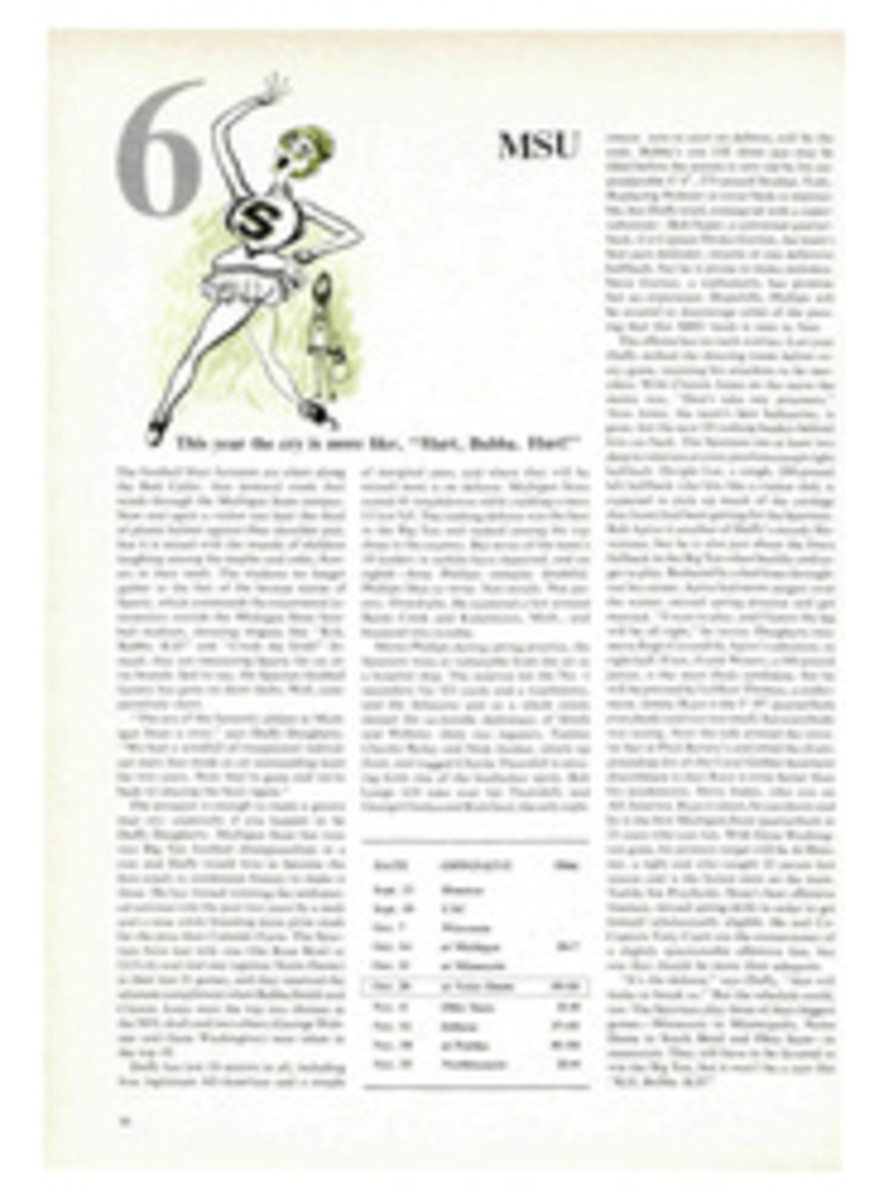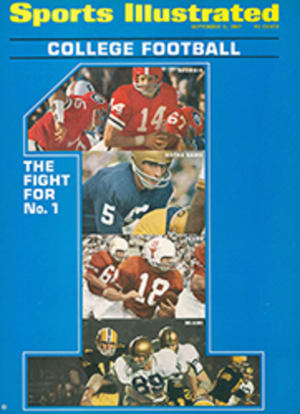
Down to the sea in books—with able helmsmen like Sir Francis Chichester
A reader of Sir Francis Chichester's Along the Clipper Way (Coward McCann, $5.95) is likely to find one of two things has happened to him. He will want to know more about the remarkable sailors whose stories are included or he will have read so much of watery ordeals that sailing vessels thereafter will fill him with horror. In either case he will almost certainly finish the book. Before Chichester set out on his own around-the-world voyage in Gipsy Moth IV he read everything he could find in the way of first-person accounts of sailing the old clipper-ship route from Britain to Australia, and he has assembled the extracts in a stage-by-stage narrative with his own comments holding it together. The book is, in effect, a continuous story produced by a score of writers, one picking up the narrative where the last one left off.
The opening is a genial extract from Conor O'Brien's Across Three Oceans about a sunny day when there was nothing to complain about except one member of the three-man crew who had trailed a line for 6,700 miles and caught only four fish. The climax is in three separate accounts of the time the 46-foot ketch Tzu Hang—the sixth yacht to round Cape Horn—somersaulted in a storm. "The sea was a wonderful sight," Brigadier Miles Smeeton reported just before Tzu Hang went over. "All over the surface of the great waves themselves, the wind was whipping up lesser waves, and blowing their tops away, so that the whole sea was lined and streaked with the blown spume, and it looked as if all the surface was moving."
Occasionally Chichester is obliged to turn to the classics to piece out the narrative with passages from Conrad and Richard Henry Dana, but for the most part he draws on the solitary venturers in small craft—Joshua Slocum, the first man to sail alone around the world; Ann Davison, the first woman to sail alone across the Atlantic; Alain Bombard, the French physician who sailed a 15-foot rubber dinghy 2,750 miles in 65 days to see if it was possible for a man to survive on the ocean without food or water except that provided by fish and rain. Their plain writing usually takes the reader into the heart of the experience with effortless immediacy. Ann Davison, a young widow alone on the Atlantic in her 19-foot Felicity Ann was exasperated by calm: "There were times when rubbish thrown over the side in the morning would still be alongside at nightfall."
When Captain William Andrews started across the Atlantic in the 19-foot Nautilus in 1878 he was considered a crackpot. So he was, to a certain extent, says Richard Henderson in Dangerous Voyages of Captain William Andrews (Abercrombie & Fitch, $12.50), but he performed two great feats of seamanship, and he left two remarkable books, A Daring Voyage and Columbus Outdone, long out of print and unobtainable. They now have been bound in one volume in a series of facsimile editions of sporting books currently being published by Abercrombie & Fitch. The cabin of the Nautilus was the size of a telephone booth laid on its side. William and his brother Walter made the crossing from Boston to England in 45 days, riding out 14 storms. Andrews (a piano maker by trade) built the Sapolio, in which he sailed alone from Atlantic City to Palos, Spain in 1892. The Sapolio was a floating commercial, with advertisements for a cleanser on its sides, and was only 14½ feet long. In this strange craft, made of thin cedar planks covered with canvas, he reached the Azores in 31 days. Andrews' books, says Henderson, "show his strong disciplined character, his appreciation of life's simple pleasures, his stubborn optimism, exuberant enthusiasm, and best of all his whimsical, jaunty sense of humor." A natural writer, Andrews sometimes gives one the impression that he went through the ordeals so he could write the books. He wrote: "No one would think of the latent power that forces the Gulf Stream along until they get there in a small boat and hear and feel the cachunk, swash, ripple-ripple, cachunk, cachunk, for hours and sometimes for days." He wrote of an approaching storm: "Cleared off and came on thick again. And it was so dark—oh! how dark!—you could not distinguish the water from the mist."
Captain Joshua Slocum was lost at sea in the Spray in 1909, and arguments about the lines, the seaworthiness, the condition—and the fate—of the Spray have gone on ever since. Kenneth Slack's In the Wake of the Spray (Rutgers University Press, $7.50) is a report on the technical disputes among yachtsmen and naval architects as to the reasons for the superb performance of Spray on Slocum's round-the-world voyage, along with Slack's story of searching for models, exact plans and photographs. Slack was a chemistry student at the University of Sydney when he happened to read Slocum's Sailing Alone Around the World and set out on a nine-year search for boats that had been copied from Spray. He found one, now known as Island Trader, that had sailed on the Great Lakes with John Foster Dulles in the crew. Another boat modeled on Spray, but larger, was bought by Folk Singer Burl Ives. Whether the Spray stands up favorably compared to modern yachts, he leaves to the reader to decide. The Spray was a converted fishing boat, and "the draft horse cannot beat the race horse at his own game—but remember it works both ways."

